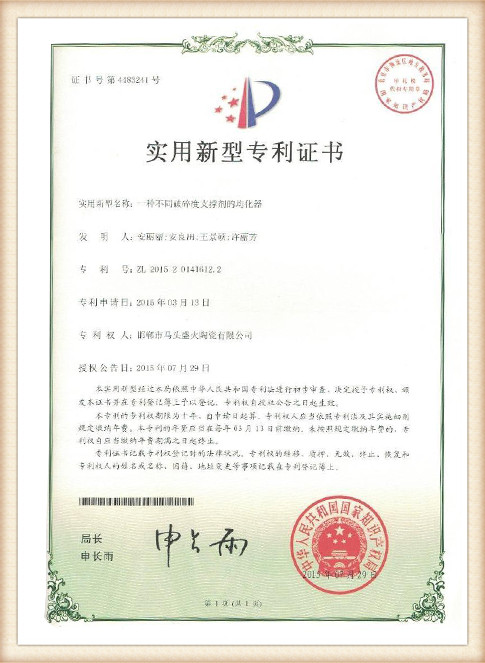The Price Dynamics of Casting Sand in the Foundry Industry
Casting sand, an essential material in the foundry industry, plays a vital role in manufacturing metal components. Its primary use is in sand casting, where it is shaped and compacted to create molds. The quality and price of casting sand can significantly impact production costs and the overall efficacy of metal casting processes. Understanding the factors influencing the price of casting sand is crucial for foundries aiming to optimize their operations and maintain competitiveness in the market.
Types of Casting Sand
Casting sand is generally categorized into several types, including silica sand, zircon sand, and olivine sand, each with unique properties that determine their applications in various casting processes. Silica sand is the most commonly used type due to its abundance and cost-effectiveness. However, sands like zircon and olivine, although more expensive, provide superior performance in high-temperature applications and complex casting shapes. The choice of sand type directly affects the production quality and eventual pricing of casting products, making it essential for manufacturers to select the right type of sand for their specific needs.
Factors Influencing Prices
The price of casting sand is influenced by several factors, including raw material availability, geological characteristics, processing methods, and market demand. In recent years, fluctuations in raw material costs have affected the price of casting sand significantly. As natural resources deplete or become more challenging to extract, the cost of high-quality casting sand may rise. Additionally, processing techniques, such as washing and grading, also add to the final price, impacting overall production expenses.
casting sand price

Economic factors, such as inflation and changes in supply chain logistics, play a role in determining casting sand prices. For instance, recent disruptions in global supply chains have led to increased transportation costs and material shortages, driving prices higher. Furthermore, regional variations in sand availability can create disparities in pricing across different geographical locations, affecting local foundries differently.
Environmental Considerations
The foundry industry faces increasing scrutiny regarding environmental sustainability. The extraction and processing of casting sand can lead to environmental degradation, prompting regulatory changes that may affect costs. Companies investing in sustainable practices, such as recycling used sand or sourcing eco-friendly alternatives, may incur higher upfront costs. However, these investments can lead to long-term savings and enhanced brand reputation, making them a worthwhile consideration.
Future Trends and Projections
Looking ahead, the landscape for casting sand pricing may continue to evolve due to technological advancements and changing market dynamics. Innovations in sand recycling technologies and the development of synthetic sands could provide more sustainable and cost-effective alternatives. As foundries seek to balance performance, environmental impact, and cost, the demand for high-quality casting sand will likely remain robust.
In conclusion, the price of casting sand is a crucial element in the foundry industry that can significantly influence production efficiency and profitability. Understanding the various factors that affect casting sand pricing enables foundries to make informed decisions that can enhance their competitiveness and sustainability in an ever-evolving market. As the industry adapts to changing technologies and market conditions, the ongoing analysis of casting sand pricing will remain vital for strategic planning and operational success.
Post time:Жов . 11, 2024 14:26
Next:sand cast metal
